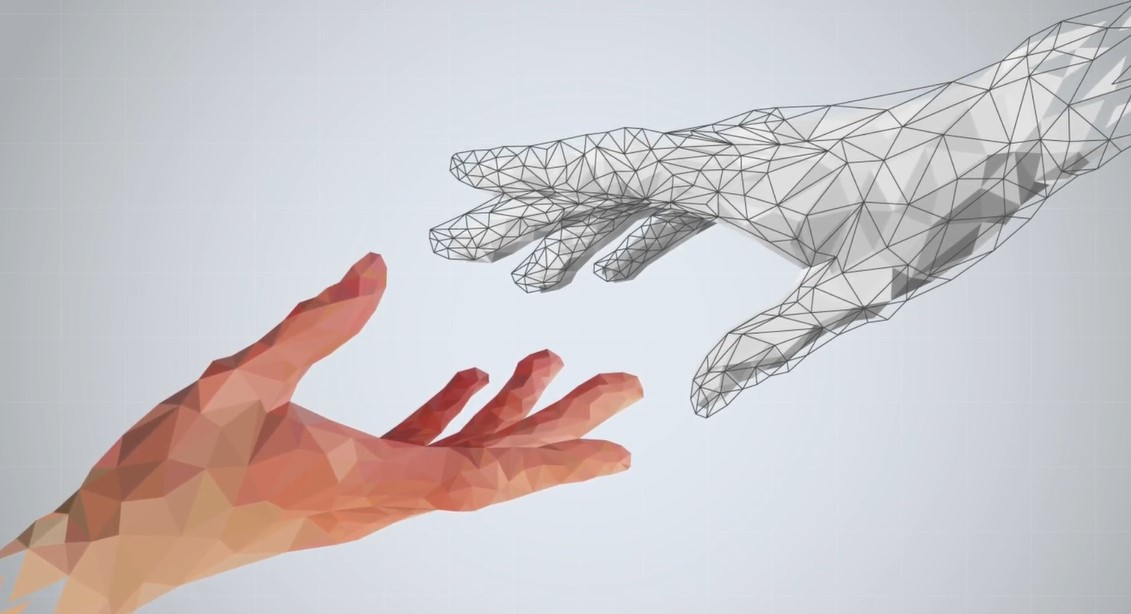Machine learning, a central field of artificial intelligence (AI), has undergone remarkable evolution over the decades, from initial concepts to today’s sophisticated neural networks. This historical journey provides valuable insight into technological progress and the ingenious solutions developed to overcome technical obstacles.
Beginnings: The Perceptrons. The first major step in the development of machine learning algorithms was made in the 1950s by Frank Rosenblatt, who invented the perceptron. This was a simple type of artificial neural network capable of performing basic binary classifications. The perceptron model was inspired by the neurobiology of the time and represented an attempt to model brain processes within a computational framework. Although limited in its ability to solve complex problems, the perceptron laid the foundation for further developments in the field of neural networks.
Expansion and Diversification. The 1960s and 1970s brought diversification to machine learning algorithms, including models such as the Adaline and Madaline networks developed by Bernard Widrow and Ted Hoff. These models improved the initial concept of the perceptron by introducing adaptability of weights based on errors, which allowed for solving a broader spectrum of problems.
The AI Winter. However, the initial enthusiasm for AI was tempered by periods known as the “AI Winter,” the first in the 1970s and the second in the 1980s. These “winters” were characterized by a decrease in funding and interest due to unfulfilled promises and the technological limitations of early algorithms. Issues such as lack of processing power and data seriously limited the models’ ability to learn effectively.
Rebirth through Deep Learning. The solution to these challenges came in the form of deep learning, which began to gain ground in the 2000s. Yann LeCun, Geoffrey Hinton, and Yoshua Bengio are among the pioneers who revitalized interest in neural networks through their work on backpropagation algorithms and convolutional neural networks. These technologies allowed networks to learn from massive amounts of data and perform complex classification and prediction tasks, surpassing the performance of previous methods.
Progress and Contemporary Applications. Today, machine learning and neural networks are ubiquitous in industry and research. From voice and visual recognition to autonomous driving systems, the ability of these algorithms to learn from data and model the complexity of reality is impressive. New architectures, such as residual networks and transformers, continue to be developed, opening up new possibilities for machine learning and AI.
Conclusion. By exploring the historical development of machine learning algorithms, it becomes clear that each major advance was preceded by significant challenges. Understanding this journey not only provides perspectives on the past but also helps anticipate future development directions in this dynamic field of artificial intelligence.
(Article generated and
adapted by CorpQuants with ChatGPT)Top
of Form



